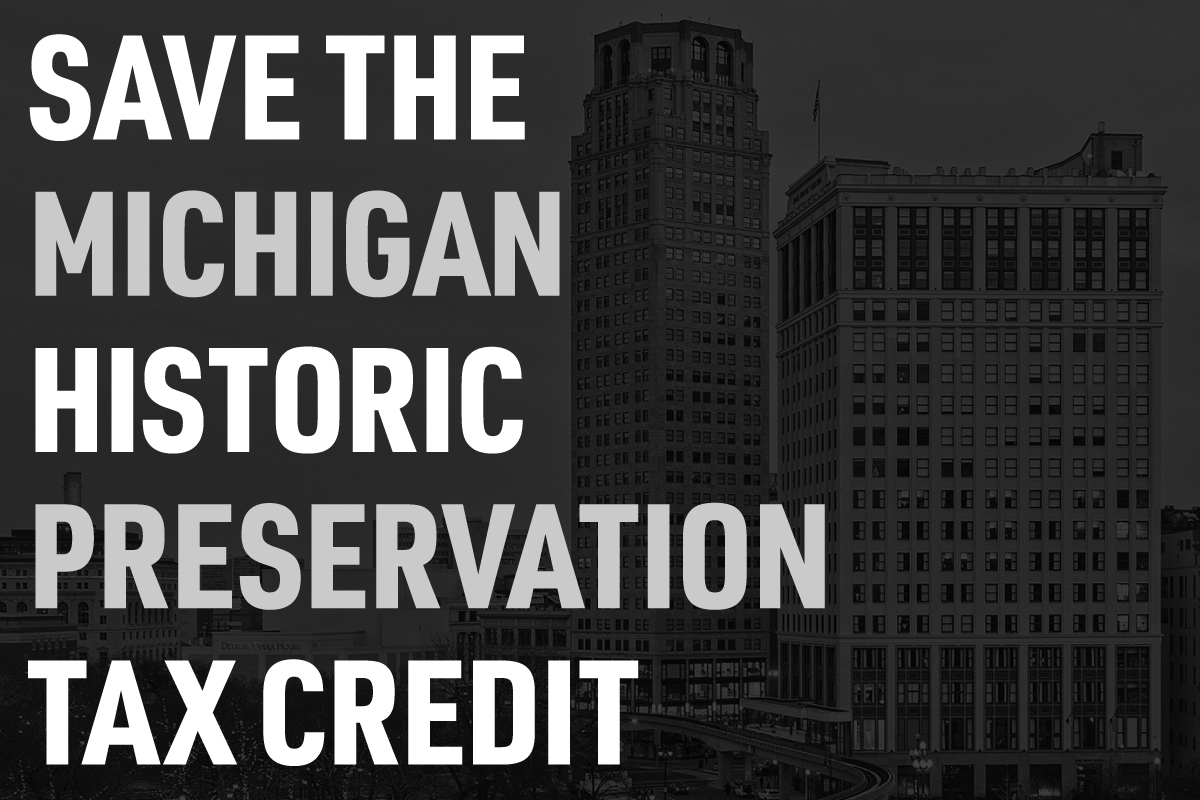By: Rebecca Binno Savage and Melissa Arrowsmith
The Federal Rehabilitation Tax Credit, otherwise known as the Historic Tax Credit (HTC), is one of the most powerful historic preservation tools we have. Recognizing the cost associated with rehabilitating historic buildings, the Historic Tax Credit provides a 20 percent income tax credit to developers of income-producing properties, such as office buildings, retail establishments, rental apartments and other building types.
The tax credit has resulted in the preservation of more than 42,000 buildings and generated over $84 billion in economic development since its inception in 1976. In 2016 alone, 1,299 completed projects generated $7.16 billion in rehabilitation work and created 108,528 jobs. Recent studies have shown that far from being a subsidy, the historic tax credit actually stimulates more revenue than it costs – meaning it is a win-win for the American people.

State Historic Preservation Offices review Historic Tax Credit projects to assure their consistency with the Secretary of the Interior’s Standards and the National Park Service provides the final “certification” necessary for each project. To learn more about the Historic Tax Credit, visit the National Park Service website.
In 2017, the 20 percent HTC survived the most significant rewrite of the tax code in more than 30 years. Congress confirmed once again that incentivizing the rehabilitation of our historic buildings makes good economic sense.
This hard-won legislative achievement is particularly gratifying because the HTC was repeatedly targeted for elimination. Threats proved substantial when tax legislation started moving through Congress. In the end, the preservation community’s multiyear advocacy effort made all the difference.
The most significant revision to the HTC is that credits are now allocated in phases over five years, instead of in their entirety the year a rehabilitated building is completed. The Joint Committee on Taxation estimated that phasing the HTC in this way reduces the cost of the program by approximately $2 billion over 10 years. Significantly, the new law repeals the 10 percent tax credit for the rehabilitation of non-historic buildings.

While this change to the HTC is expected to result in a slight reduction in its value, adoption of the amendment represents a remarkable achievement by the preservation community. Of the more than 300 amendments offered, the Finance Committee ultimately approved only about a dozen. The significant outpouring of support for the HTC is an affirmation of the positive economic return associated with rehabilitating our nation’s historic properties.
NOTE: Public Law No: 115-97 (Approved December 22, 2017) amends the Internal Revenue Code. Section 13402 modifies the 20 percent Historic Rehabilitation Tax Credit, eliminates the 10 percent non-historic tax credit and provides transition rules for both credits. These and other changes to the Internal Revenue Code may affect a taxpayer’s ability to use the 20 percent tax credit.
Applicants requesting historic preservation certifications by the National Park Service and those interested in use of the credits are strongly advised to consult an accountant, tax attorney, legal counsel, or the Internal Revenue Service regarding the changes to the Internal Revenue Code related to Public Law No: 115-97.

